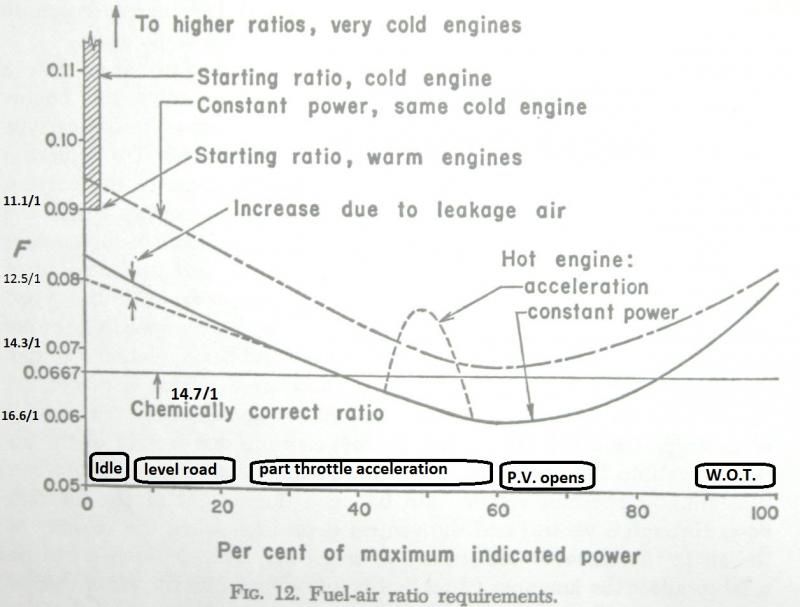Guys, I've just installed a wideband Air Fuel Ratio gauge.
It's on my 351 with auto and 750 vac sec Holley.
It smells a little rich, was just hoping the gauge could shed some light.
I'm interested in values at warm idle, slow acceleration, wot?
Any thoughts?
cheers and thanks again...
It's on my 351 with auto and 750 vac sec Holley.
It smells a little rich, was just hoping the gauge could shed some light.
I'm interested in values at warm idle, slow acceleration, wot?
Any thoughts?
cheers and thanks again...





